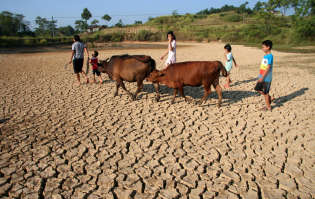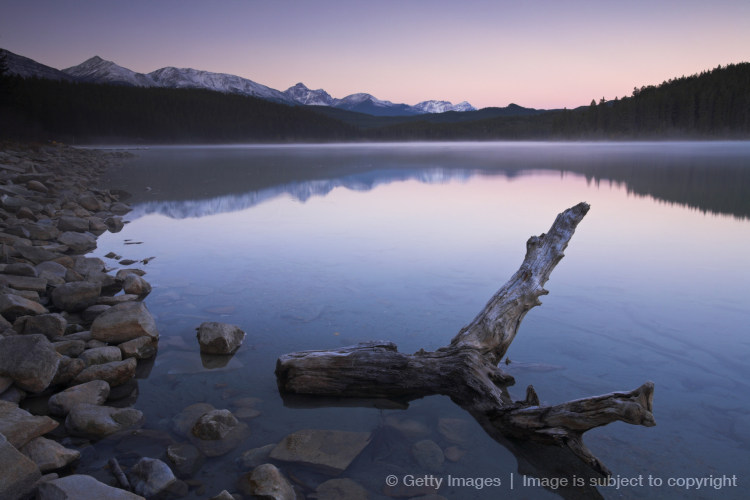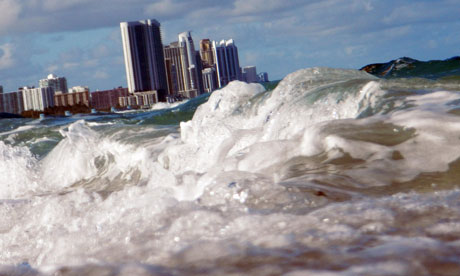 As a Forest Supervisor with the U.S. Forest Service in the 1990s, I put a 15-year moratorium on oil and gas leasing in Montana’s Rocky Mountain Front. I made this controversial decision because the ecosystems on the Front are irreplaceably rich and diverse, and because I’d witnessed first-hand the cultural connections (in spirit, mind, and body) that countless people both near and far had to this extraordinary place.
As a Forest Supervisor with the U.S. Forest Service in the 1990s, I put a 15-year moratorium on oil and gas leasing in Montana’s Rocky Mountain Front. I made this controversial decision because the ecosystems on the Front are irreplaceably rich and diverse, and because I’d witnessed first-hand the cultural connections (in spirit, mind, and body) that countless people both near and far had to this extraordinary place.
The towering limestone cliffs, the wealth of wildlife, and the sheer wildness resonate deeply with the human psyche, and have done so for countless generations for over ten thousand years.

 Environmental News Archive
Environmental News Archive



 Drought since mid-June has left about 5.95 million people short of water in 13 provincial-level areas across China, according to a Ministry of Civil Affairs report Monday.
Drought since mid-June has left about 5.95 million people short of water in 13 provincial-level areas across China, according to a Ministry of Civil Affairs report Monday. A Canadian oil company still hasn’t been able to stop a series leaks from underground wells at a tar sands operation in Cold Lake, Alberta. The first leak was reported on May 20, with three others following in the weeks after — making it at least 10 weeks that oil has been flowing unabated.
A Canadian oil company still hasn’t been able to stop a series leaks from underground wells at a tar sands operation in Cold Lake, Alberta. The first leak was reported on May 20, with three others following in the weeks after — making it at least 10 weeks that oil has been flowing unabated. More than 1,700 American cities and towns – including Boston, New York, and Miami – are at greater risk from rising sea levels than previously feared, a new study has found.
More than 1,700 American cities and towns – including Boston, New York, and Miami – are at greater risk from rising sea levels than previously feared, a new study has found. A new study of 100 private water wells in and near the Barnett Shale showed elevated levels of potential contaminants such as arsenic and selenium closest to natural gas extraction sites, according to a team of researchers that was led by UT Arlington associate professor of chemistry and biochemistry Kevin Schug.
A new study of 100 private water wells in and near the Barnett Shale showed elevated levels of potential contaminants such as arsenic and selenium closest to natural gas extraction sites, according to a team of researchers that was led by UT Arlington associate professor of chemistry and biochemistry Kevin Schug.






























